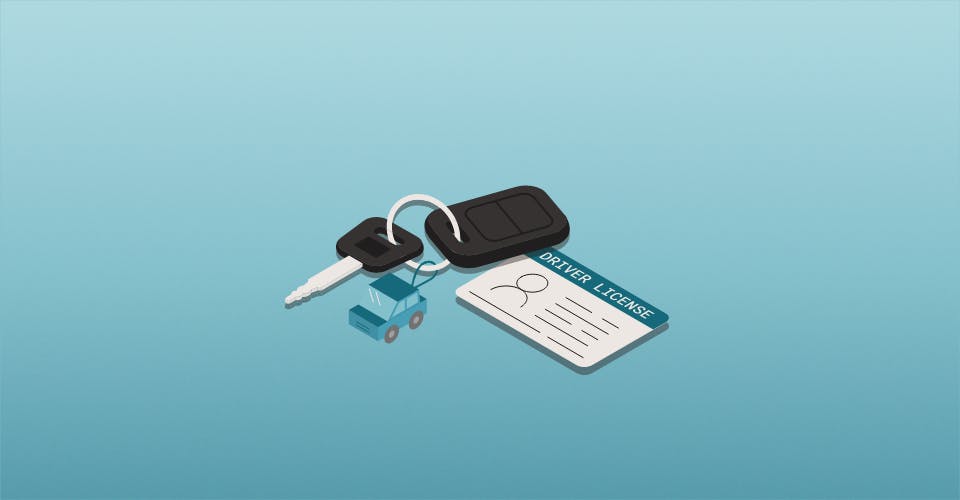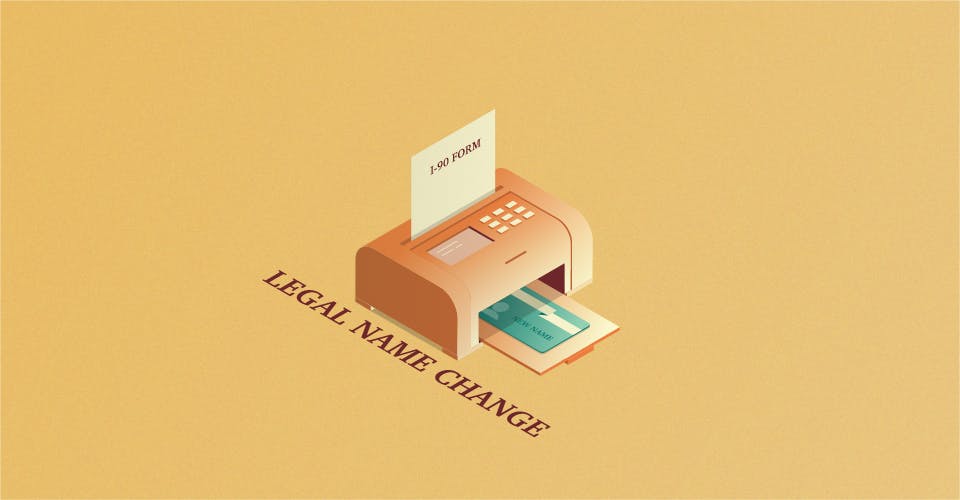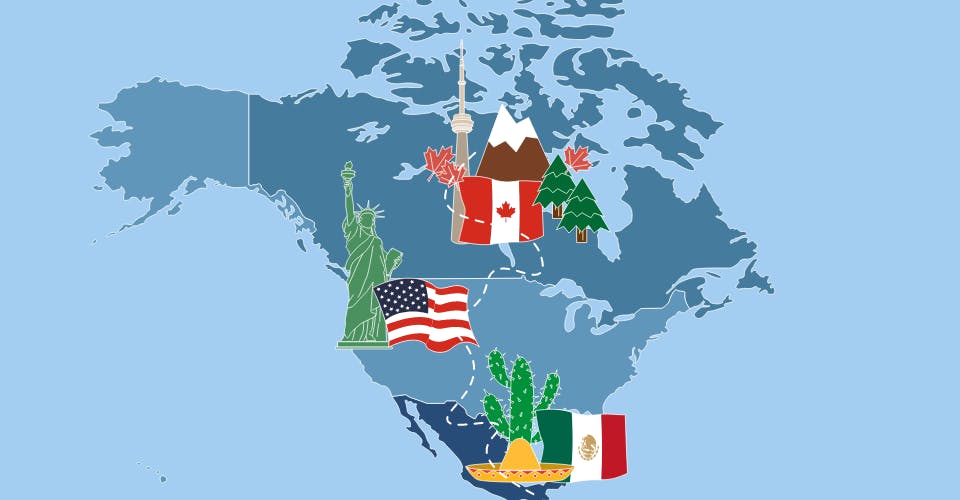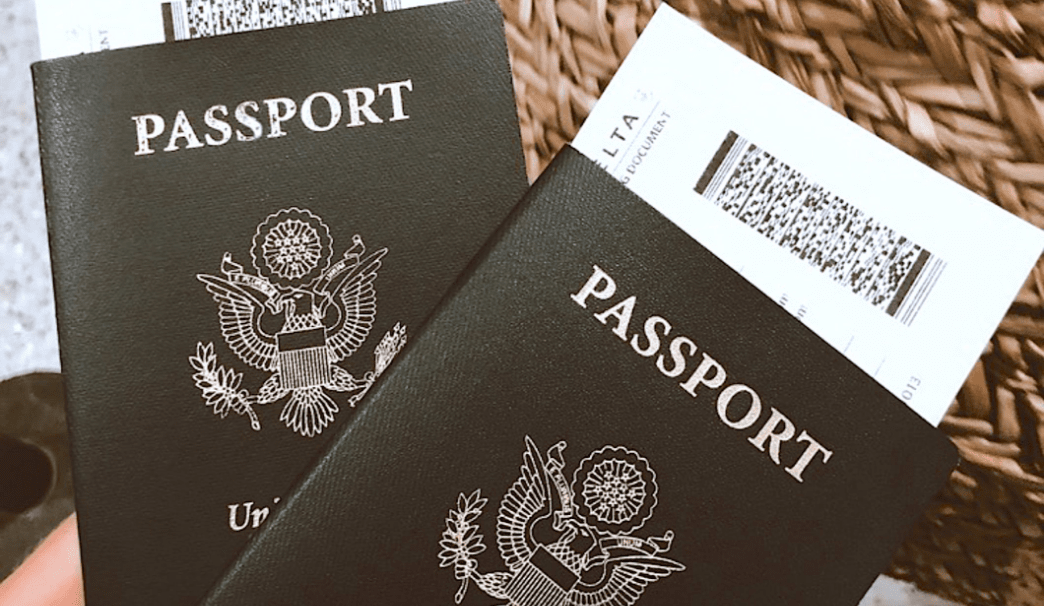The U.S. has a decent public transportation system in some major cities such as New York or Denver, but it doesn’t compare to the efficiency of public transport in other parts of the world such as the EU or Japan. In addition, the U.S. is a huge country geographically, with thousands of miles of roads connecting the 50 states. Chances are that if you want to do a bit of travelling within the U.S., or you live in a semi-rural area and make your life more convenient, instead of relying on inconsistent public transport, getting a car in the U.S. and obtaining a drivers license is your best option.
Both immigrants and temporary visa holders who come to the United States might at first be shocked to realize just how car-dependent the country is. Non-citizens will quickly realize that they need to learn how to apply for a driver's license. This blog will be dedicated to better understanding how green card holders, but also non-immigrants on visas, can legally drive in the U.S.
For Green Cars Holders
Let’s first touch on the rules and procedure for obtaining a driver's license if you already have a green card and are a legal permanent resident in the U.S. Getting a license in this category is perhaps the easiest method because you should already have a social security number. If you go to your regional or nearest DMV office and want to apply for a drivers license, you will need the following documents:
- Valid passport
- Your social security Card/Number
- Proof of your current residence address
- Your PR Card (Green Card)
- Birth certificate
For Visa Holders
Non-immigrants who come to the U.S. often think they cannot obtain a driver's license or permit because they are only here for a temporary basis. However, this is not correct. Even J-1 or M-1 students who are living in the U.S. while attending university can receive driver's licenses. In general, non-immigrants will need to present the following documents when they arrive at their local DMV office.
- Valid passport (with visa)
- Form I-94 Entry/Exit
- Form I-20 for an F or M student (DS Form for J-1 Student)
- An EAD Card if on OPT-post graduation
- Social Security Card
One of the issues that non-immigrant visa holders might have is actually locating their I-94 Entry/Exit record. We have written on this topic before in the Visa2us blog. Basically, the CBP has recently stopped issuing manual I-94 cards. Meaning, that your I-94 record has most likely been digitized. In order to print out your I-94 record, you need to go to the CBP (Customs and Border Patrol) website, and follow the links to the I-94 tab and then enter personal information.
Additionally, it might depend on the state you are living in, but you will most likely need to show the DMV personnel that you meet with a record or evidence that you are currently attending a nearby university. This will help the officer to be able to discern that you live nearby, and are indeed on a non-immigrant visa while studying in the U.S.
While these are the general requirements in terms of documentation, some states might have strict or lenient policies. It is best to call or email a local DMV office to see what kind of documentation they are requesting or if any state policies have changed.
Social Security Card
If you have lost your social security card, or never received one, this can be an issue. Some DMV offices will refuse your driver's license application if you don’t have a SSN. To make matters more complicated, some non-immigrants might be ineligible for a SSN. If you are having problems receiving an SSN, you need to contact the Social Security Administration. You can show the DMV the Form SSA-L676, “Refusal to Process SSN Application”, available here: https://secure.ssa.gov/apps10/poms.nsf/lnx/0100299020
Additionally, the more general SS-5, Application for a Social Security Card, is available here: https://www.ssa.gov/forms/ss-5.pdf














